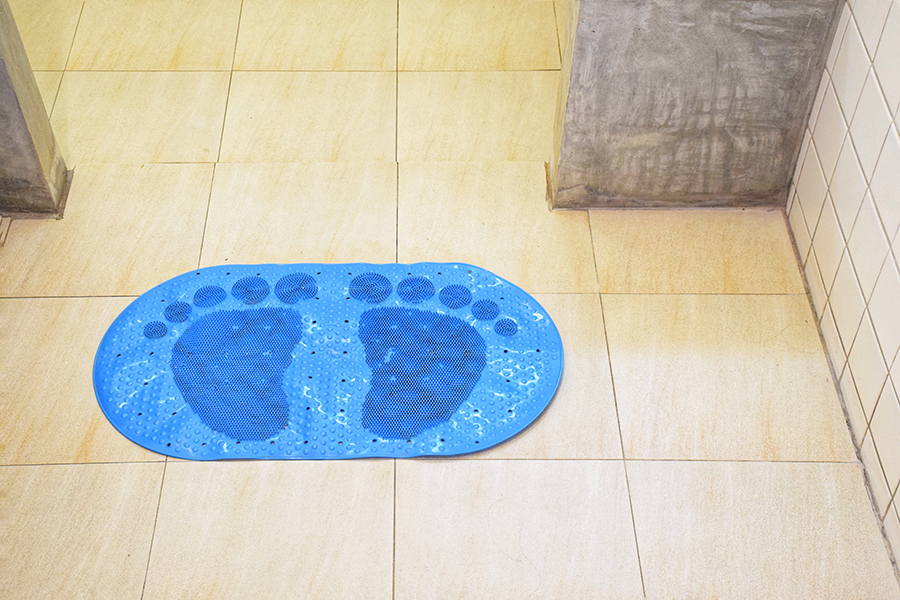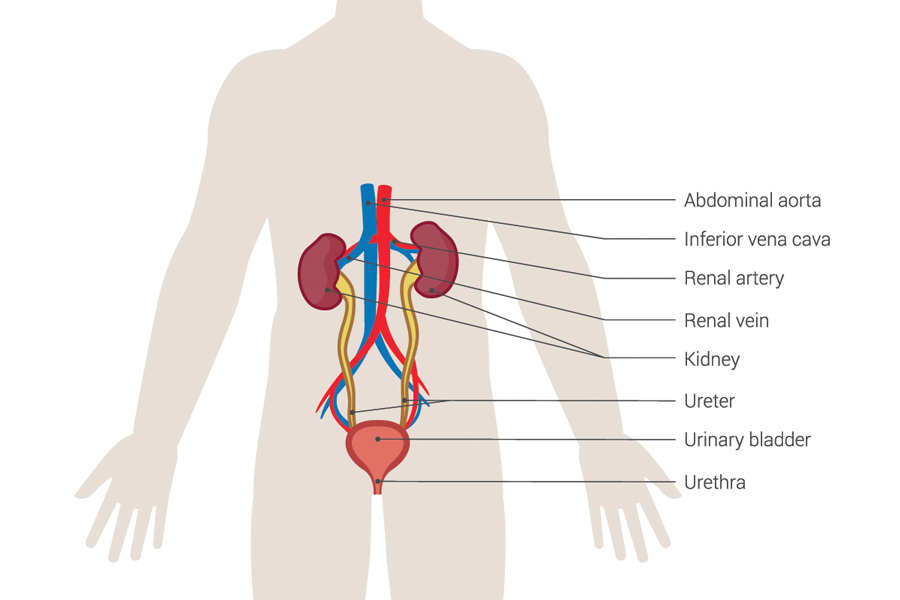What is Multiple Sclerosis?
Multiple Sclerosis, meaning multiple areas of scarring, is a disease of the central nervous system (brain, spinal cord, and optic nerves). In the case of multiple sclerosis (MS), scarring is a result of the immune system attacking the myelin sheath that surrounds and protects nerve fibers. Consequently, it is common to have communication errors between the brain and the rest of the body causing neurological symptoms.
Symptoms
There are four forms of Multiple Sclerosis: Clinically Isolated Syndrome, Relapsing-remitting MS, Primary progressive MS, and Secondary progressive MS. These different types are defined by how long symptoms are present, when and if remission occurs, the formation of new lesions, and level of disability. Click here to learn more about the different types of Multiple Sclerosis.
Every case of MS is different as manifestation and severity of symptoms vary. Common symptoms include:
- Numbness or weakness in the limbs
- Fatigue
- Dizziness
- Thinking & memory problems
- Tingling or pain
- Slurred speech
- Vision problems
- Bladder & bowel control problems
- Tremors
Risk Factors
MS is classified as an immune-mediated disease. This means that something has triggered the immune system to take action on its own body. In the case of MS, it has malfunctioned and mistakenly attacks the central nervous system (CNS). However, the root cause – or trigger – of multiple sclerosis remains unknown. Researchers have found what seem to be risk factors for those who develop MS, although it is thought to be a combination of environment and genetics that triggers the immune system to act on the CNS this way.
From what is known about this condition, risk factors may include:
- Age. People are mostly affected by MS at ages 16-55.
- Sex. Women are more likely to be affected by MS.
- Family history. Chances of developing MS are higher for those that have close relatives with a form of MS.
- Infections. Some viruses, including Epstein-Barr, have been linked to MS.
- Race. MS mostly affects those of Northern European descent.
- Climate. A positive correlation has been found with people living in temperate climates that are neither close to the equator, nor close to the north or south poles (4 seasons). People in this wide geographic band are linked with an increased risk of developing MS.
- Vitamin D. Low levels of vitamin D are associated with MS. Epidemiologists have noticed a pattern of increased MS cases in areas that have less exposure to sunlight, causing their bodies to produce less vitamin D.
- Autoimmune diseases. A subset of immune-mediated disease is autoimmune disease. This is when the immune system mistakenly attacks its own body. Some autoimmune diseases are: Rheumatoid arthritis, Lupus, Celiac disease, Type 1 Diabetes, Polymyositis, Psoriasis, Hashimoto’s thyroiditis. Those who are already living with one autoimmune disease are at higher risk for developing MS.
- Smoking.
*It is possible that there are still unknown factors that contribute to the development of MS.
New data finds that approximately 1 million Americans are living with MS, which is double original estimates. Also, it is significantly higher then many other regions of the world. This can mean two things:
- More people are actually developing the disease because of the factors listed above and/or
- Diagnostic efforts are now more accurate (and in some regions more then others).
Diagnosis
Affecting nearly 1 million Americans, including children, MS can be difficult to diagnose. And the process can be quicker or longer depending on the case. To determine if the patient’s symptoms are from MS, multiple tests are needed to rule out other causes. There is not one test alone that will indicate MS.
Diagnostic tools:
- Medical history
- Blood tests
- Neurological tests
- Spinal tap
- MRI
Three important criteria for a MS diagnosis:
- There must be at least two areas in the CNS with damaged myelin.
- There must have been at least two different episodes or relapses that have caused the damage to the CNS.
- Other possible diagnoses must be ruled out.
Treatment
There is currently no cure for MS. On the other hand, there are treatments to manage the symptoms associated with this disease. And considering that every case of MS is different, treatment and management plans will vary from person to person.
Common treatments:
- Corticosteriods to reduce inflammation
- Disease-modifying therapies
- Plasma exchange
- Therapy
- Complementary & alternative medicines
Research is being done to advance technology and diagnostic testing. As this happens, the actual prevalence of MS and its causes will become more clear. This will also improve treatment to be timely and more effective, improving prognosis.
Sources:
National Multiple Sclerosis Society























wow! such a very related to explain and have mentioned to be applied for a particular and expresses for reason behind that that are to be explain Multiple Sclerosis
I was diagnosed with Multiple Sclerosis when I was 52 years old 4 years ago. The Bafiertam did very little to help me. The medical team did even less. My decline was rapid and devastating. It was muscle weakness at first, then my hands and tremors. Last year, a family friend told us about Natural Herbs Centre and their successful MS Ayurveda TREATMENT, we visited their website natural herbs centre and ordered their Multiple Sclerosis Ayurveda protocol, i am happy to report the treatment effectively treated and reversed my Multiple Sclerosis, most of my symptoms stopped, I’m able to walk and my writing is becoming great, sleep well and exercise regularly. I’m active now, I can personally vouch for these remedy but you would probably need to decide what works best for you.